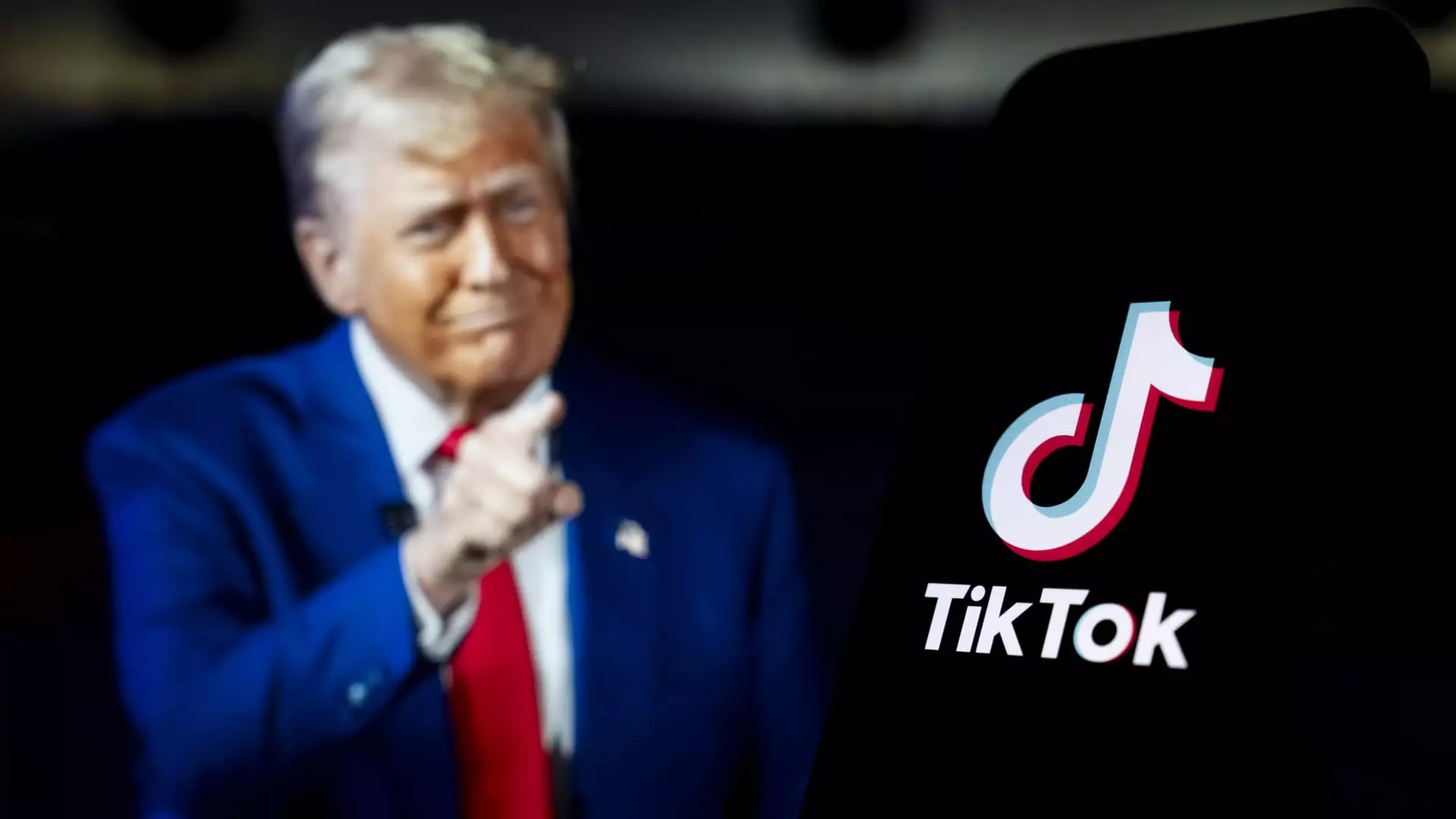In a remarkable turn of events, TikTok’s traffic levels have shown a swift recovery following a temporary shutdown that prompted significant user migration and concern among creators. According to data reported by Cloudflare Radar, the popular social media platform experienced an 85% decline in usage when it went offline. However, reports indicate that DNS traffic for TikTok-related domains is now almost back to pre-shutdown levels—currently sitting at only 10% below historical averages. David Belson, head of data insight at Cloudflare, noted that despite the turbulence, TikTok managed to retain a sizeable portion of its user base, emphasizing the platform’s resilience.
This bounce-back is particularly impressive considering the context of the shutdown—a situation spurred by legal frameworks requiring its parent company, ByteDance, to divest its U.S. interests. As a result of the Supreme Court’s ruling, major tech giants Apple and Google temporarily removed TikTok from their app stores. The platform resumed operations only when then-President Donald Trump postponed the enforcement of the looming ban.
Impact of the Shutdown on Competing Platforms
The shutdown’s repercussions extended to TikTok’s competition, which experienced an influx of traffic as users sought alternatives. Cloudflare’s insights indicated a noticeable spike in the popularity of platforms like RedNote, also known as Xiaohongshu. This shift, while perhaps anticipated, underscores the high stakes that regulatory decisions place on social media platforms. According to Belson, consumer interest rose substantially in the week leading up to TikTok’s shutdown, with many users seeking out alternatives as a precautionary measure.
Alternatives, however, saw their prominence peak on the very day that TikTok was restored. This trend illustrates the fickle nature of user engagement on social media and hints at a larger narrative where users are constantly evaluating the platforms that best meet their needs. Nevertheless, once TikTok came back online, its competitors experienced a rapid decline in traffic, suggesting that the allure of TikTok is difficult for other platforms to replicate.
Even with the return of TikTok, the tumultuous nature of its future has left creators contemplating their next steps. Many influencers are proactively expanding their footholds across multiple platforms. Dylan Lemay, a TikTok creator with over 10 million followers, shared his strategic approach to diversification, stating that he has viewed the potential for TikTok’s disappearance as a wake-up call. By amassing a robust presence on platforms like YouTube, where he has gained 5.6 million subscribers, Lemay has crafted a safety net—ensuring that he can continue his entrepreneurial journey irrespective of TikTok’s fate.
It’s a prudent strategy, especially in a time when brand partnerships are becoming increasingly fluid, with many companies re-evaluating their marketing agreements in light of TikTok’s uncertain status. As creators like Noah Glenn Carter testify, the transition to other platforms has not been seamless, raising questions about audience retention and brand deals. Carter’s attempts to secure consistent brand partnerships highlight the challenges of navigating a landscape in which TikTok remains a towering presence, yet is precarious at best.
Despite these uncertain waters, there exists a belief among some creators that TikTok’s demise is not imminent. Michael DiCostanzo, boasting a following of 2.3 million on TikTok, remains skeptical about the effectiveness of competing platforms to replicate TikTok’s engaging community. This sentiment reflects a crucial aspect of TikTok’s appeal—the tight-knit community that many creators have fostered through this platform. The interactive nature of TikTok facilitates a connection between creators and their audiences that may not translate to environments like YouTube Shorts or Instagram Reels.
The unique algorithmic design, coupled with an emphasis on user-generated content, creates a user experience that feels personal and organic, drawing users back over and over again. Many creators emphasize that the community aspect is a key driver in their success, calling into question whether platforms can truly compete unless they foster a similar user environment.
As TikTok continues to navigate a landscape fraught with regulatory challenges, its ability to bounce back showcases the enduring loyalty of its user base. With creators increasingly diversifying their profiles across different platforms to hedge against potential obsolescence, there lies a profound lesson in adaptability. The evolving media landscape presents both risks and opportunities, compelling creators to be shrewd strategists as they forge their paths in a world where uncertainties loom large. While TikTok remains a vibrant hub of creativity and engagement, its future is uncertain—therefore, for those involved in its ecosystem, preparedness may be the essential ingredient for long-term success.


Leave a Reply